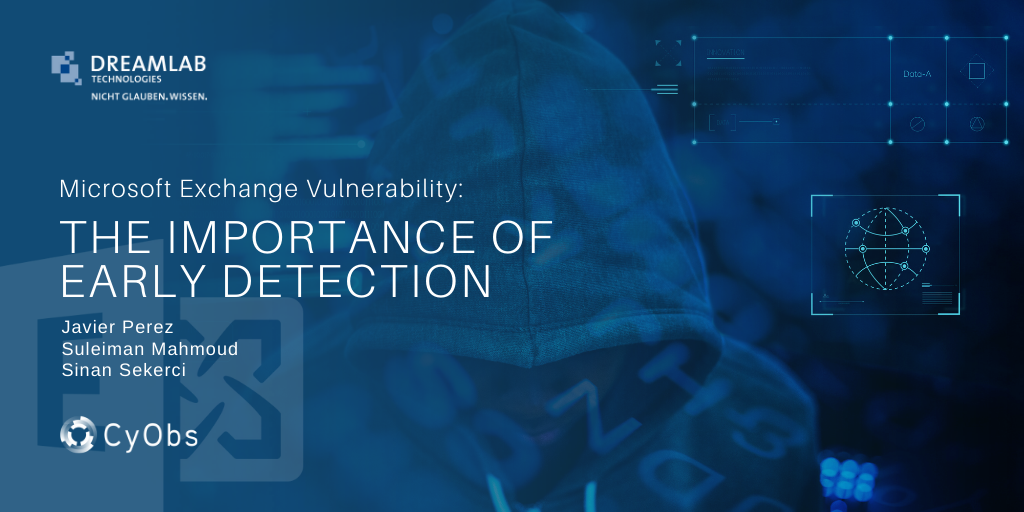
By Teresa Alberto, Security Researcher at Dreamlab Technologies Nowadays, for most of us, smartphones have…
Dreamlab15. February 2021
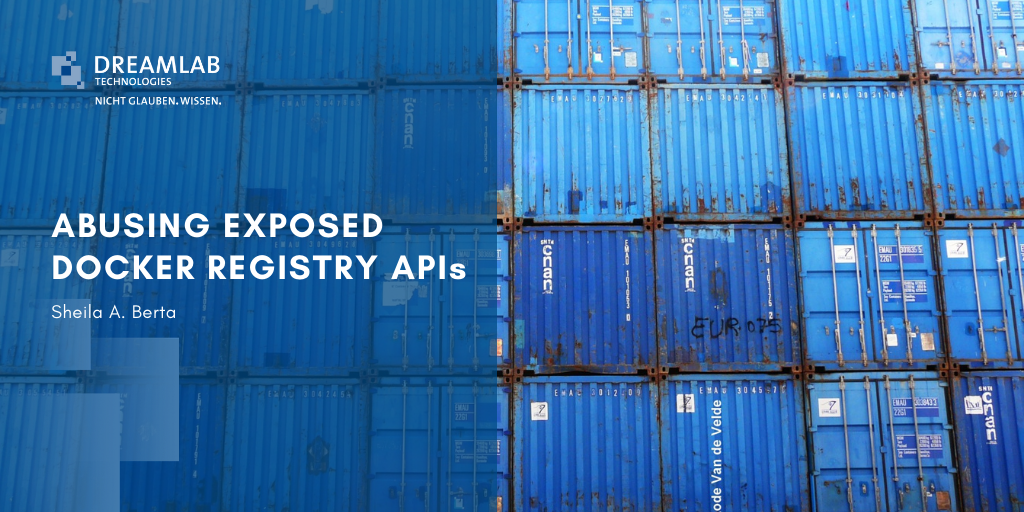
By Sheila A. Berta, Head of Research at Dreamlab Technologies Much has been said recently…
Dreamlab7. December 2020
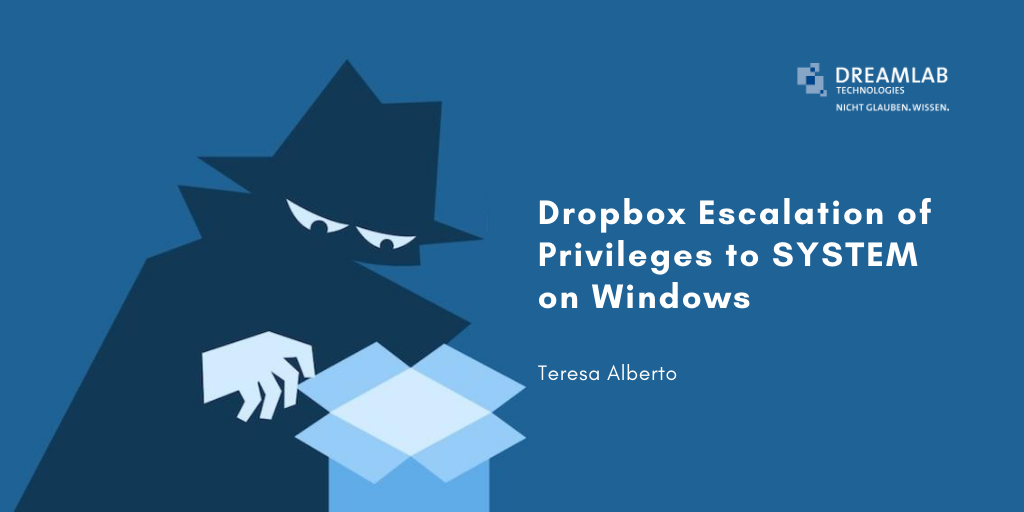
By Teresa Alberto, Security Researcher at Dreamlab Technologies In January of this year we found…
Dreamlab17. September 2020

By Yamila Levalle, Security Researcher at Dreamlab Technologies Humans have used features such as face,…
Dreamlab31. August 2020
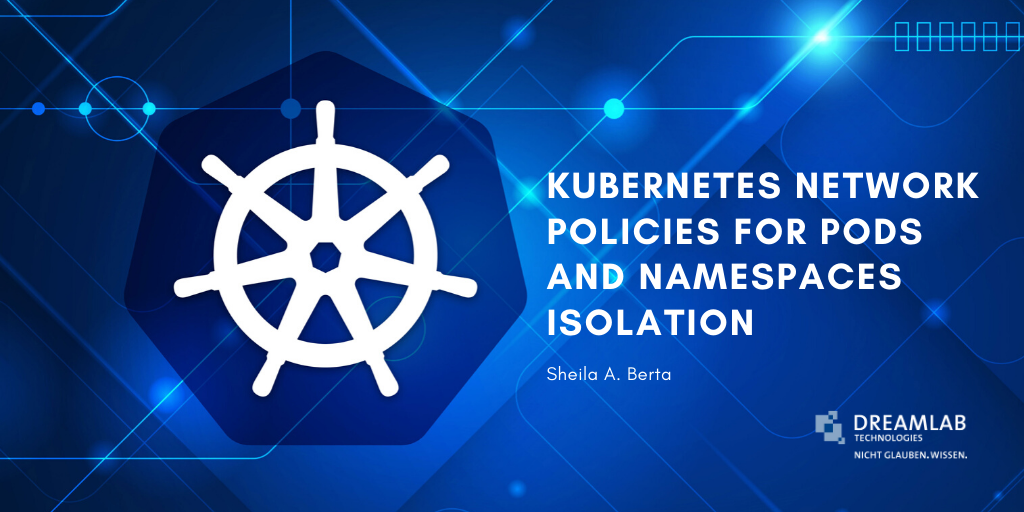
By Sheila A. Berta, Head of Research at Dreamlab Technologies A network policy is a…
Dreamlab10. July 2020
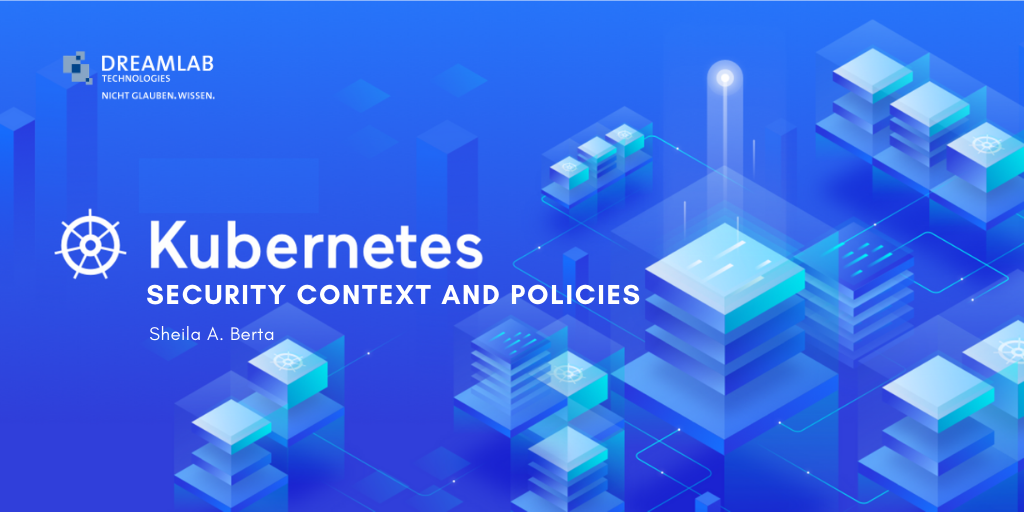
By Sheila A. Berta, Head of Research at Dreamlab Technologies The previous articles about Docker…
Dreamlab9. July 2020
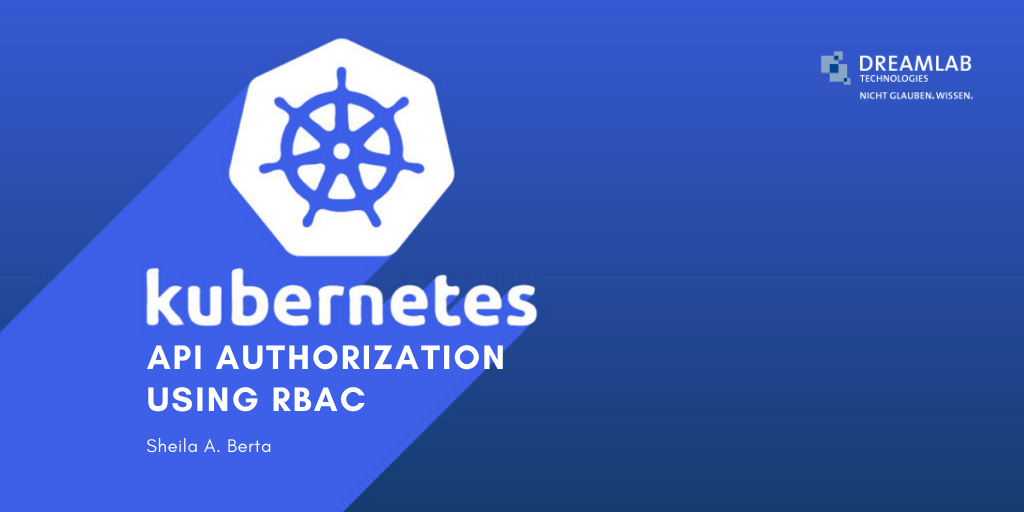
By Sheila A. Berta, Head of Research at Dreamlab Technologies In the previous article we…
Dreamlab3. July 2020
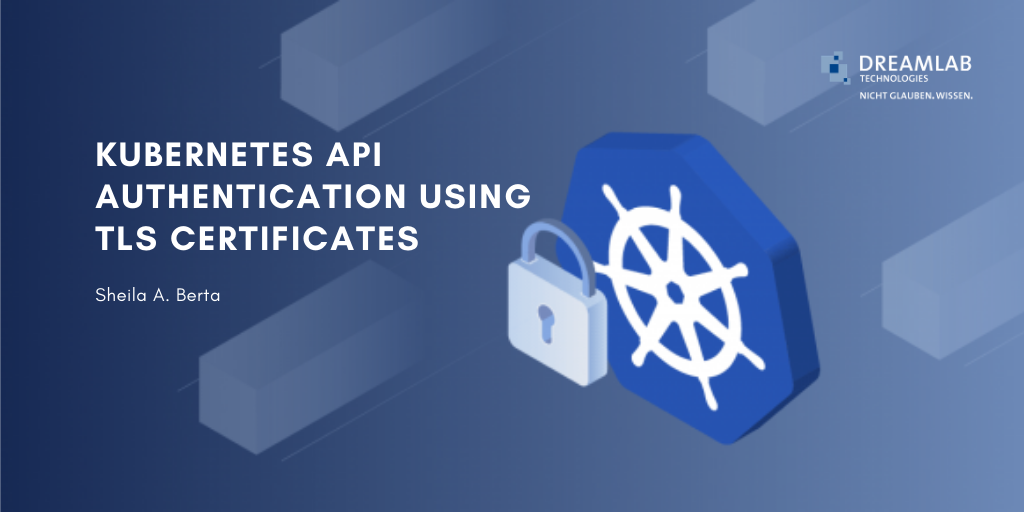
By Sheila A. Berta, Head of Research at Dreamlab Technologies In a Kubernetes cluster, the…
Dreamlab3. July 2020



